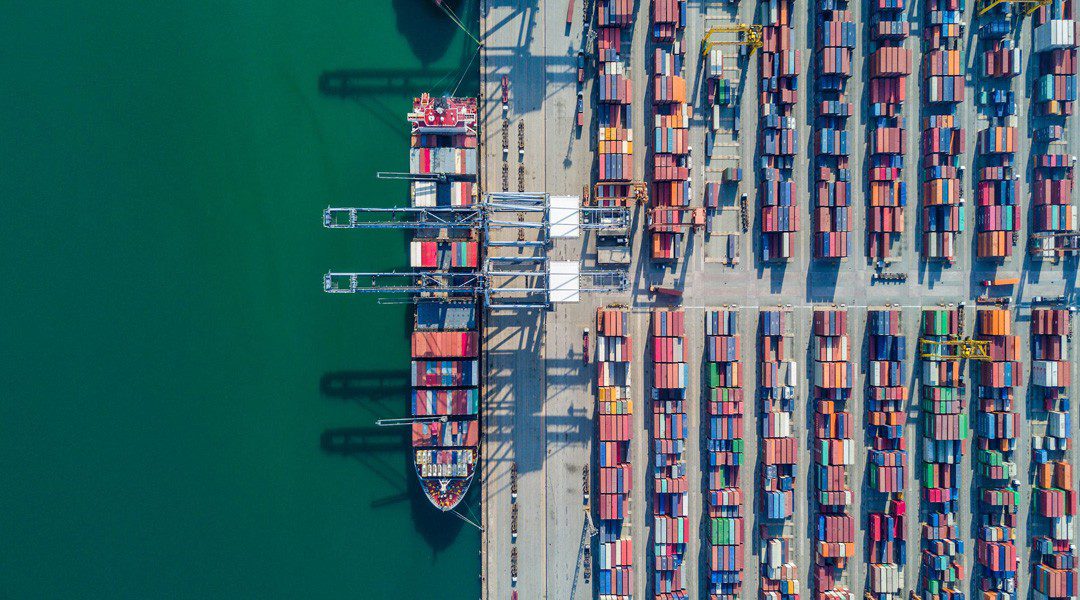Nearly 1,700 seafarers and inhabitants of Mauritius who have been adversely impacted by the Wakashio (IMO 9337119) oil spill are preparing a class action against Okiyo Maritime
Corp, according to reports.
Mauritian political movement Rezistans ek Alternativ (ReA) referred to a possible class action a year ago on the first anniversary of the Wakashio grounding, which occurred on the reefs of Pointe-d’Esny, Mauritius on July 25th. The vessel had travelled too near the coast because the Captain was attempting to access a mobile phone signal for his crew. The consequent environmental damage from a fuel leak and the breaking up and scuttling of the vessel was one of the worst environmental disasters at sea for several years.
The fishermen and inhabitants of the south-eastern shoreline of Mauritius are expected to claim damages from the owner for the adverse effects of the oil spill on their livelihoods.
Ashok Subron, one of the leaders of ReA, said that the political party had turned to the local branch of international law firm Dentons to represent those persons. “When Okiyo Maritime Corporation, the owner of Wakashio filed a motion before the Mauritian Supreme Court on October 19, 2021, to limit its liability up to 719.6 million of rupees last year, that is around $16.8m, we decided to be a party against this move. We will seek authorization for a class action for all those who derive a livelihood from the sea, be it skipper, an oyster picker or a shopkeeper”, Subron said, adding that “we think that the government is washing its hands regarding the compensation that these persons have the right to expect”.
He claimed that “some fishermen were paid a sum equivalent to the minimal wage. They won’t be able to sue the ship-owner as per the documents they have been asked to sign”.
Subron hinted that the Mauritian government’s negotiations with Okiyo Maritime Corp. Gave “the impression of wanting to negotiate with the Japanese government to finance infrastructural projects”, rather than see to the needs of the people who were most affected by the event.
The charterer of MV Wakashio, Mitsui OSK Lines (MOL) has set up a foundation on the island to support the local communities affected by the oil spill. Last week, the President and Director General of MOL, Takeshi Hashimoto, announced the launching of a feasibility study in Mauritius on the combined use of deep ocean water with Ocean Thermal Energy Conversion (OTEC) for the production of renewable energy. ReA has said that all this was
insufficient, as the livelihoods of the people on the South-eastern coastline have also been negatively impacted by a flood and two sanitary lockdowns due to Covid-19.
Preliminary findings of the Japan Transport Safety Board (JTSB) on the accident were recently leaked (IMN July 4th 2022).
The bulk carrier did not have a detailed sea chart when it approached the island of Mauritius on July 25th 2020, but the captain nevertheless instructed crew members to bring the ship closer to the shore of the island in a bid to capture mobile phone signals.
The navigation officer positioned the vessel in parallel with the shoreline, but was unable to detect obstacles such as coral reefs, resulting in the ship running aground in shallow waters.
Reviewing the AIS data from the voyage, the investigation found that the deviation from the planned course was not an isolated event. It found that on previous voyages the vessel had also navigated close to shore to obtain cellphone signals.
The captain of the Wakashio approved the decision to change course to approach Mauritius on July 23rd two days before they approached the island. The original plan was to remain approximately 5nm offshore, but the captain approved the course change, even though he knew that the Wakashio did not have navigational charts for Mauritius, meaning that the
crew would be doing visual navigation and looking for possible obstacles.
The Japanese transport safety board said that, in order to prevent such accidents in future, all vessels that sailed through coastal waters should be equipped with appropriate local sea charts. It also said that vessels should not be brought close to shore without a legitimate reason.
To date the findings of the Court of Investigation set up by the Mauritian government in September 2020, which ended its interviews last February. Chaired by an ex-judge of the Supreme Court, its mandate was to enquire into, and report on, the circumstances leading to the grounding of MV Wakashio. It also had to verify that the standard practice and procedures for the tracking and monitoring of vessels in Mauritian EEZ had been adhered to. Ensuring that there was a proper management of the salvage operation was also part of the remit.
Japan P&I Club, and the owner of the Wakashio, Okiyo Maritime Corporation, claimed to have handled 2,321 claims for the fishing sector, while around 5,000 requests were received on the online platform. During this work, priority was given to fishermen and fisherman’s helpers who were not eligible for the government’s Solidarity Grant. Currently, they are looking into compensation claims received from the tourism sector, among others.






